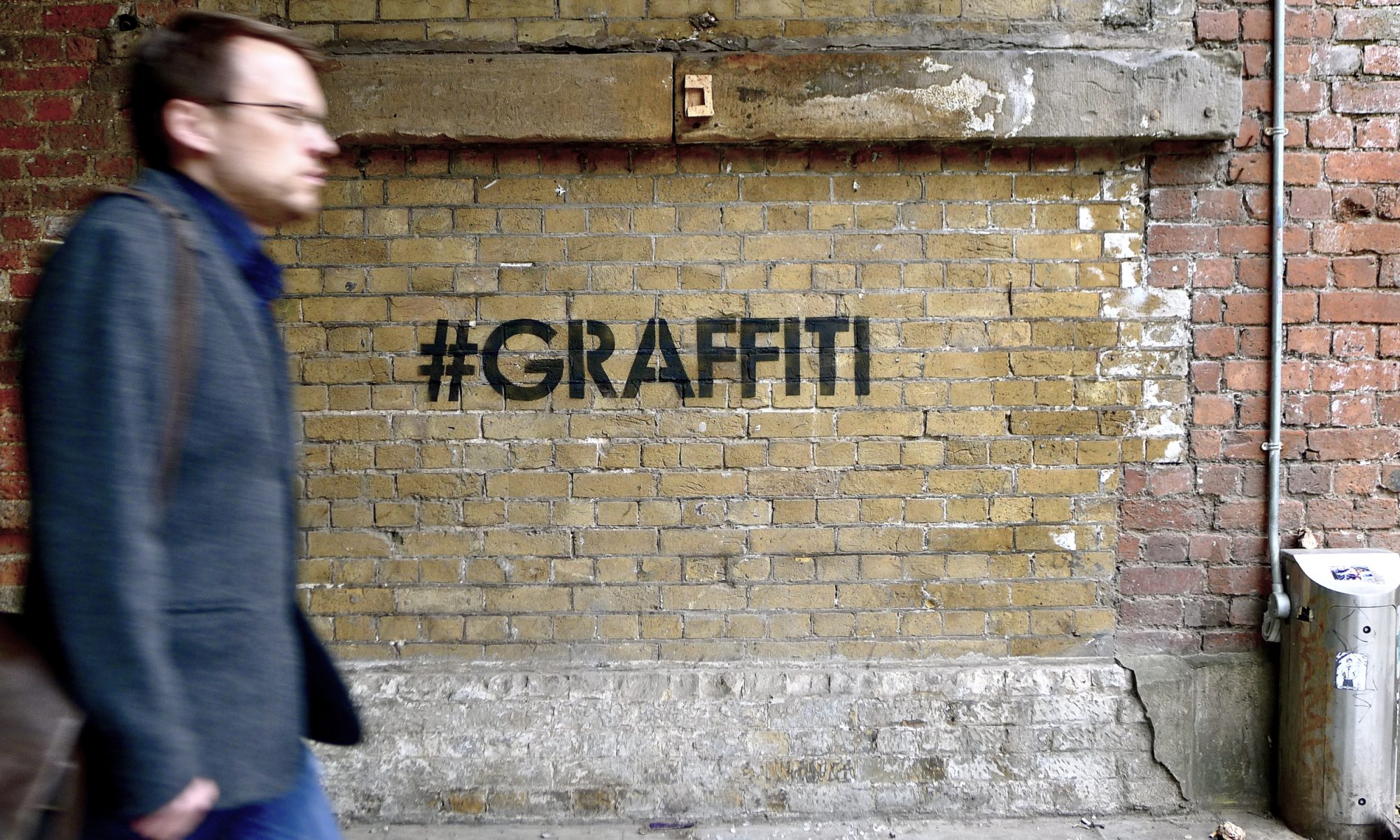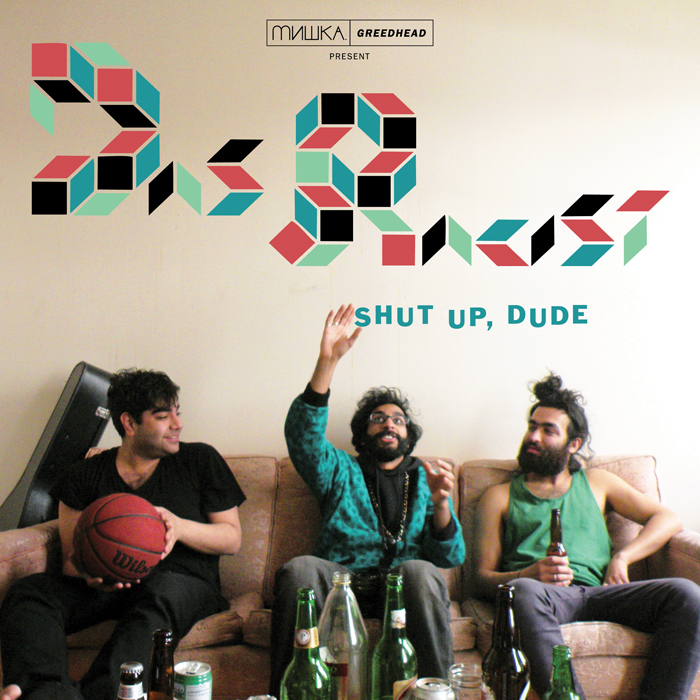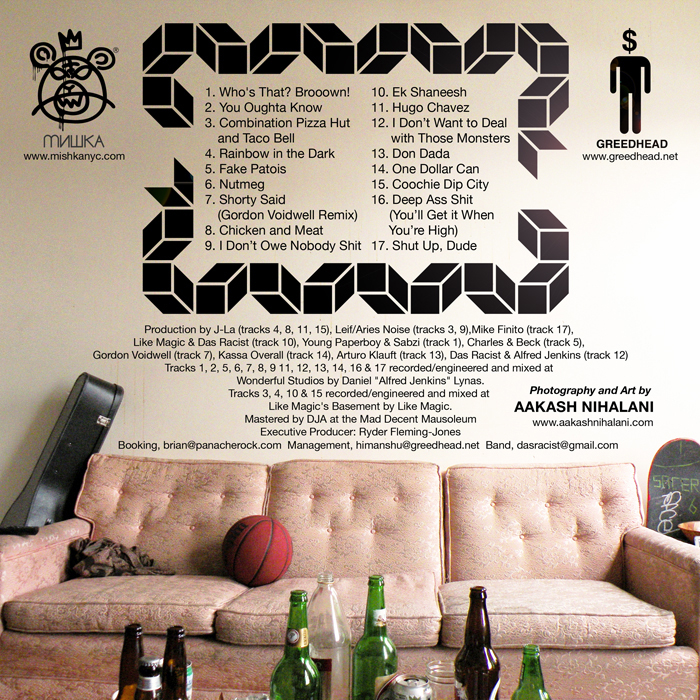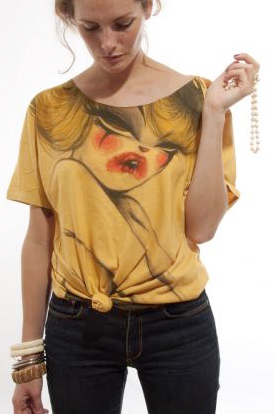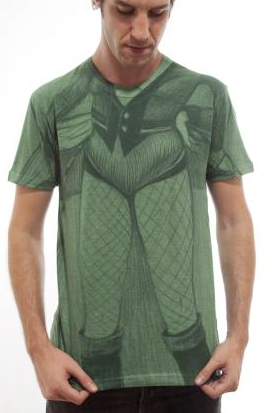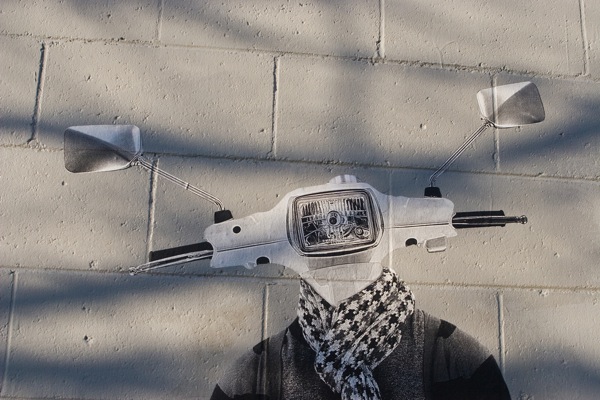Note from RJ: The following post by Alison Young was originally published on her blog, Images to Live By. We at Vandalog would like to thank Alison for kindly allowing us to republish it here, along with part I of the review (posted yesterday).
Since the previous post, about expectations of what Exit Through the Gift Shop is about, turned out to be a long one, I thought I’d write a separate one dealing with what it’s not about.
So let’s go back to the second response that a lot of people seemed to have after seeing the movie – a feeling of surprise that it’s not ‘about’ Banksy, or at least not as much as they had expected.
It’s worth looking at this closely. Is the film ‘about’ Banksy? Well, the film is made by him, and thus it provides us with a text which tells us something about the artists and his concerns, just as his artworks, books and exhibitions do.
And then again, Banksy is in the movie: we see him in his studio; we see him stencilling; we see him with his crew of helpers creating the famous ‘vandalized telephone box’ in London (which goes on to sell for an extraordinary sum at auction); we see him installing a blow-up doll, hooded, shackled, and wearing an orange jumpsuit, at Disneyland, in a direct juxtaposition of American mass entertainment culture with the torture of detainees at Guantanamo. (All of these occurrences are filmed by Guetta.)
But of course, while all of these events are taking place, Banksy still withholds himself from any kind of identifying gaze – he wears the hood of his sweatshirt pulled over his head, his face is blanked by pixillation, his voice distorted (and his assistants’ identities are similarly masked).
So Banksy’s certainly in the movie, but he’s simultaneously on display and hidden from our view. But what we do see in plain sight are his stencils and his hands: as Banksy himself states in the film, ‘I told Thierry he could film my hands but only from behind’.
As he says these words in voice-over, the film shows us Banksy at work, cutting stencils (for one of his signature rats, to be put up on a wall in LA). And for me, that was one of the highlights of the film – watching those hands, whether at work on the stencil or gesturing along with the words spoken by Banksy’s distorted voice.
They’re slender hands, with long fingers. They’re the hands of an artist. What does the face matter, or the voice? Watch the film – and watch out for the scene of Banksy cutting stencils, with speed, and with great skill. That moment might not be central to the film, but it’s certainly what street art is all about.
